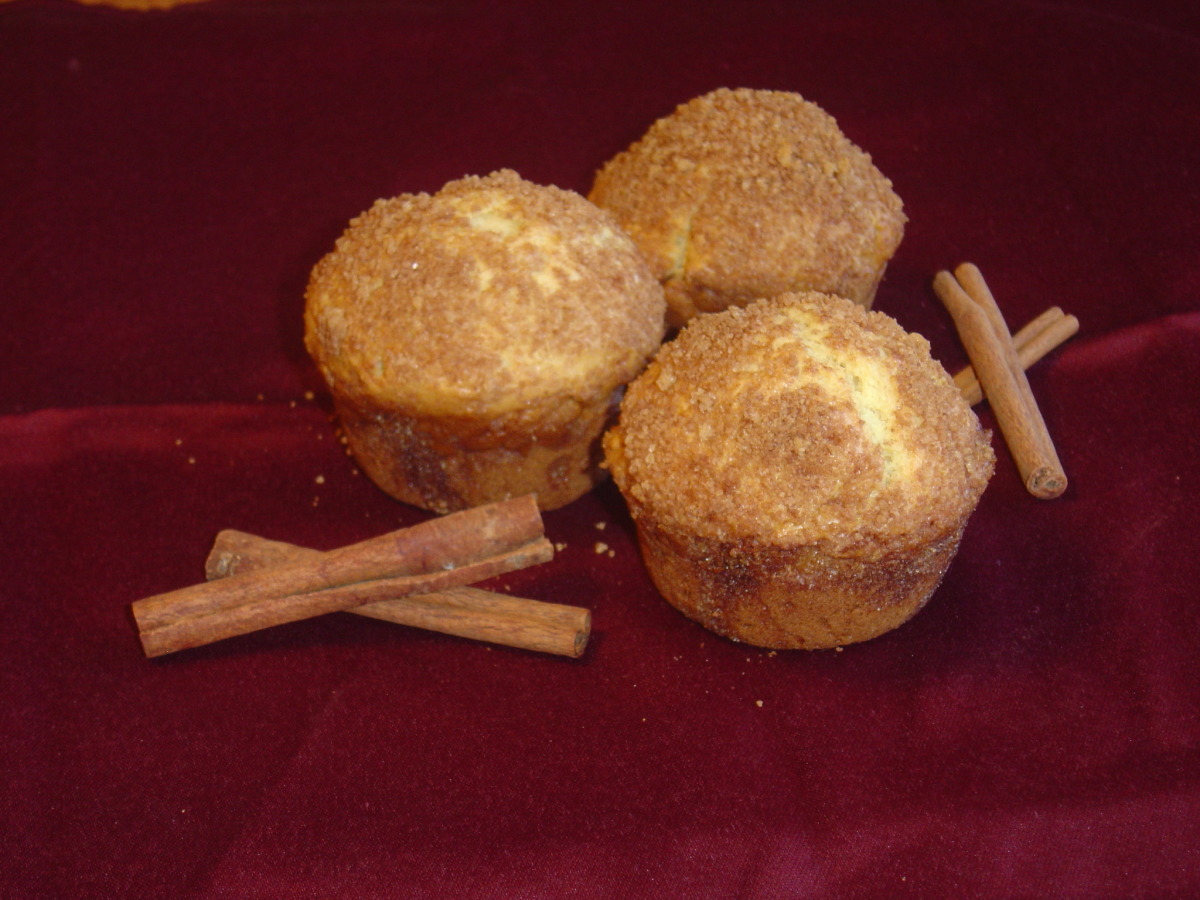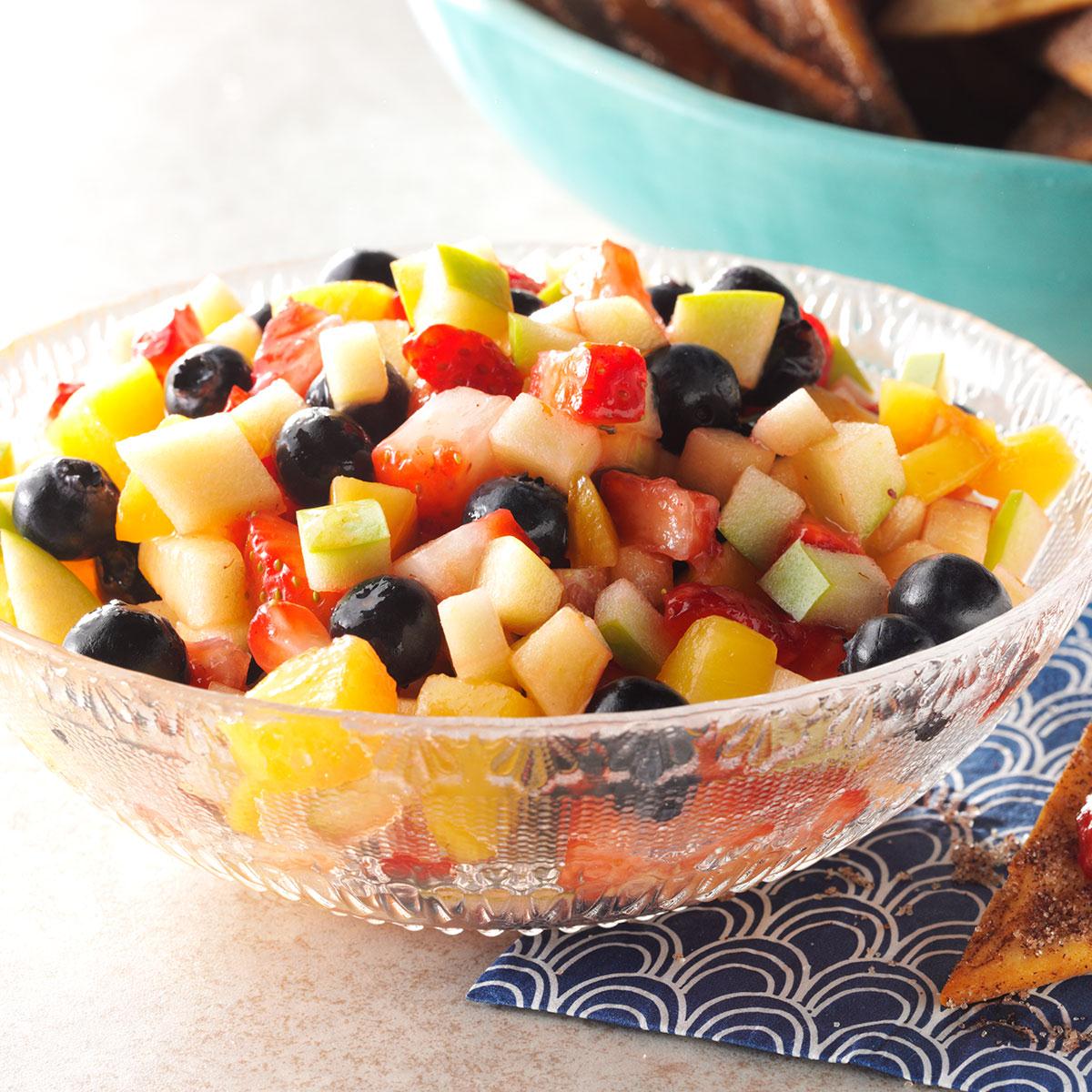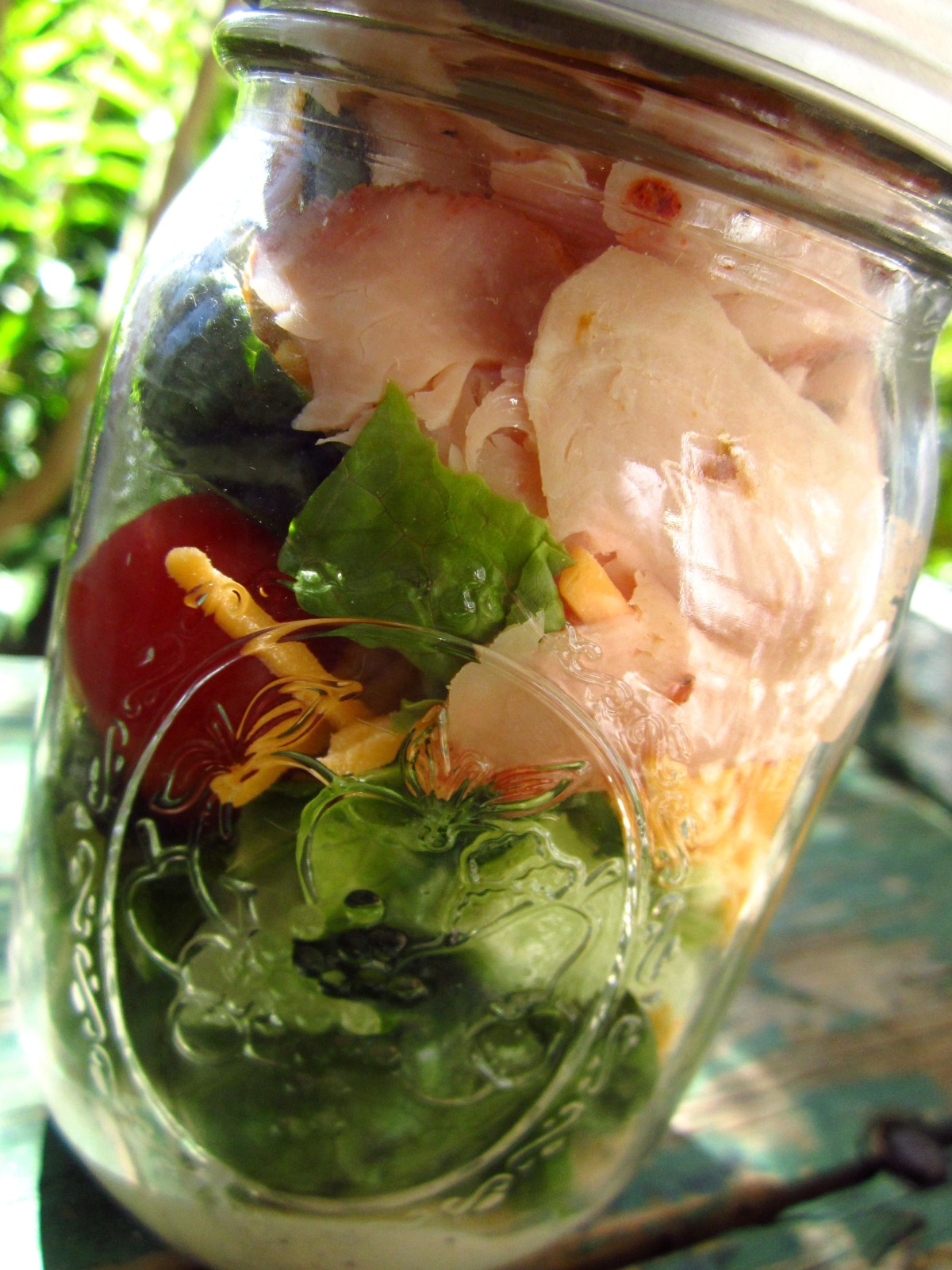Challah is a traditional Jewish bread, typically eaten on Shabbat and holidays. It is a slightly sweet, eggy bread that is often braided or twisted before baking. Challah is a versatile bread that can be used for sandwiches, French toast, or even bread pudding. There are many different recipes for challah, but they all typically include flour, water, eggs, sugar, salt, and yeast. Some recipes also include oil or butter. The article provides four different challah recipes:
* **Classic Challah:** This is a basic challah recipe that is perfect for beginners. It makes two loaves.
* **Honey Challah:** This recipe adds honey to the dough, which gives the challah a slightly sweeter flavor. It makes two loaves.
* **Whole Wheat Challah:** This recipe uses whole wheat flour instead of all-purpose flour. It makes two loaves.
* **Chocolate Chip Challah:** This recipe adds chocolate chips to the dough, making it a fun and delicious treat. It makes one loaf.
No matter which recipe you choose, you're sure to enjoy this delicious and versatile bread.
MY FAVORITE CHALLAH
The word challah originally meant only the small portion of dough that was put in the oven when baking bread as a reminder of the destruction of the Temple in Jerusalem. It has evolved into the twisted, sweet, almost brioche-like bread that was brought to America by immigrants from Central and Eastern Europe. Although straight loaves of braided challah are eaten throughout the year, round challahs, often studded with raisins, are served for Rosh Hashana, and also for Yom Kippur and Sukkot, the holidays celebrating the New Year and the fall harvest. Throughout the years, I have picked up tips from challah bakers throughout this country and in Europe and Israel. For example: Several risings make a better loaf, and if you want an especially brioche-like texture, let the dough rise slowly in the refrigerator for one of the three risings. The secret to a glossy loaf is to brush with an egg wash twice, once just after braiding and then again just before baking.
Provided by Joan Nathan
Categories project, side dish
Time 1h
Yield 2 challahs
Number Of Ingredients 7
Steps:
- In a large bowl, dissolve yeast and 1 tablespoon sugar in 1 3/4 cups lukewarm water.
- Whisk oil into yeast, then beat in 4 eggs, one at a time, with remaining sugar and salt. Gradually add flour. When dough holds together, it is ready for kneading. (You can also use a mixer with a dough hook for both mixing and kneading.)
- Turn dough onto a floured surface and knead until smooth. Clean out bowl and grease it, then return dough to bowl. Cover with plastic wrap, and let rise in a warm place for 1 hour, until almost doubled in size. Dough may also rise in an oven that has been warmed to 150 degrees then turned off. Punch down dough, cover and let rise again in a warm place for another half-hour.
- To make a 6-braid challah, either straight or circular, take half the dough and form it into 6 balls. With your hands, roll each ball into a strand about 12 inches long and 1 1/2 inches wide. Place the 6 in a row, parallel to one another. Pinch the tops of the strands together. Move the outside right strand over 2 strands. Then take the second strand from the left and move it to the far right. Take the outside left strand and move it over 2. Move second strand from the right over to the far left. Start over with the outside right strand. Continue this until all strands are braided. For a straight loaf, tuck ends underneath. For a circular loaf, twist into a circle, pinching ends together. Make a second loaf the same way. Place braided loaves on a greased cookie sheet with at least 2 inches in between.
- Beat remaining egg and brush it on loaves. Either freeze breads or let rise another hour.
- If baking immediately, preheat oven to 375 degrees and brush loaves again. If freezing, remove from freezer 5 hours before baking. Then dip your index finger in the egg wash, then into poppy or sesame seeds and then onto a mound of bread. Continue until bread is decorated with seeds.
- Bake in middle of oven for 35 to 40 minutes, or until golden. Cool loaves on a rack.
MY CHALLAH

Provided by Maggie Glezer
Categories Bread Bake Sukkot Rosh Hashanah/Yom Kippur Kosher
Yield Makes two 15-ounce (430-gram) challahs, one 1 1/2-pound (680-gram)
Number Of Ingredients 7
Steps:
- Mixing the yeast slurry
- In a large bowl, whisk together the yeast and 1/4 cup (30 grams/1.1 ounces) of the flour, then whisk in the warm water until smooth. Let the yeast slurry stand uncovered for 10 to 20 minutes, or until it begins to ferment and puff up slightly.
- Mixing the dough
- Whisk the 3 eggs, salt, oil, and honey (measure the oil first, then use the same cup for measuring the honey - the oil will coat the cup and let the honey just slip right out) or sugar into the puffed yeast slurry until the eggs are well incorporated and the salt has dissolved. With your hands or a wooden spoon, stir in the remaining 3 1/4 cups (445 grams/15.7 ounces) flour all at once. When the mixture is a shaggy ball, scrape it out onto your work surface and knead it until smooth, no more than 5 minutes. (Soak the mixing bowl in hot water now to clean and warm it for fermenting the dough.) This dough is very firm and should feel almost like modeling clay. If the dough is too firm to knead easily, add a tablespoon or two of water to it; if it seems too wet, add a few tablespoons flour.
- The dough should feel smooth and very firm but be easy to knead.
- Fermenting the dough
- Place the dough in the warm cleaned bowl and cover it with plastic wrap. (Or, the dough can be refrigerated right after kneading, them removed from the refrigerator to finish fermenting up to 24 hours later.) Let the dough ferment until it has at least doubled in bulk, about 2 hours, depending on the temperature in your kitchen. (If the dough has been refrigerated, it may take an extra 30 to 60 minutes to ferment.)
- Shaping and proofing the dough
- Line one or two large baking sheets, depending on how many breads you are making, with parchment paper or oil them. Divide the dough into two 15-ounce(430-gram) portions for loaves, one 1 1/2 pound (680-gram) portion for a large loaf and three small pieces for rolls (the easiest way to do this without a scale is to divide the dough into quarters and use one quarter for the rolls and the rest for the large loaf), or fourteen 2-ounce (60-gram) portions for rolls. To make a New Year's spiral*, roll each portion into a long, even strand, preferably sheeting it out first.
- For each portion:
- For a flat spiral, make a very loose spiral of dough on the prepared sheet, starting at the center and winding the dough around, leaving space between the loops, and tuck the end of the strand under.
- For a high-rising spiral, wind the dough tightly around on the prepared sheet, without leaving any space between the loops, and be sure that the last loop is bound with a bit of tension. This will force the dough to rise in the center as it is proofing and especially during the oven rise.
- If you would like to make the bird's head, before making a long strand, pull off and shape a small round from the dough. Set the round on the spiral, using a little water to help it stick. When the dough is fully proofed, pinch out a beak shape and use your finger to push in dimples for eyes, or use raisins or currants for the eyes.
- Cover the loaves well with plastic wrap. (At this point, they can be refrigerated for up to 24 hours.) Let them proof until tripled in size, about 2 hours (or up to 3 hours if the loaves were refrigerated).
- Meanwhile, 30 minutes before baking, arrange the oven racks in the lower and upper third portions if using two baking sheets, or arrange one rack in the upper third position if using one sheet, and remove any racks above them. Preheat the oven to 325°F (160°C/gas mark 3). If desired, you can preheat one or two baking sheets to double with the baking sheet(s) the loaves are in. Beat the remaining egg with a pinch of salt for glazing the breads.
- Baking the loaves
- When the loaves have tripled and do not push back when gently pressed with your finger but remain indented, brush them with the egg glaze. Bake rolls for about 15 to 20 minutes, the 15-ounce (430-gram) loaves for 25 to 35 minutes, or the 1 1/2-pound (680-gram) loaf for 35 to 45 minutes, until very well browned. After the first 20 minutes of baking, switch the loaves from front to back so that they brown evenly; if the large loaf is browning too quickly, tent it with foil. When the loaves are done, remove them from the oven and let cool on a rack.
- *According to the Encyclopedia Judaica, the New Year's spiral is a shape with a Ukranian origin, originally a bird shape with the center of the spiral culminating in a bird's head: "The bird's head symbolizes the phrase in Isaiah 31:5 'As birds hovering, so will the Lord of Hosts protect Jerusalem'" - which helps to explain why this spiral shape would be called a faigele, "little bird" in Yiddish.
MY FAVORITE CHALLAH
Provided by Joan Nathan
Categories project, side dish
Time 1m
Yield 2 challahs
Number Of Ingredients 7
Steps:
- In a large bowl, dissolve yeast and 1 tablespoon sugar in 1 3/4 cups lukewarm water.
- Whisk oil into yeast, then beat in 4 eggs, one at a time, with remaining sugar and salt. Gradually add flour. When dough holds together, it is ready for kneading. (You can also use a mixer with a dough hook for both mixing and kneading.)
- Turn dough onto a floured surface and knead until smooth. Clean out bowl and grease it, then return dough to bowl. Cover with plastic wrap and let rise in a warm place for 1 hour, until almost doubled in size. Dough may also rise in an oven that has been warmed to 150 degrees then turned off. Punch down dough, cover and let rise again in a warm place for another half-hour.
- To make a 6-braid challah, either straight or circular, take half the dough and form it into 6 balls. With your hands, roll each ball into a strand about 12 inches long and 1 1/2 inches wide. Place the 6 in a row, parallel to one another. Pinch the tops of the strands together. Move the outside right strand over 2 strands. Then take the second strand from the left and move it to the far right. Take the outside left strand and move it over 2. Move second strand from the right over to the far left. Start over with what is now the outside right strand. Continue this until all strands are braided. For a straight loaf, tuck ends underneath. For a circular loaf, twist into a circle, pinching ends together. Make a second loaf the same way. Place braided loaves on a greased cookie sheet with at least 2 inches in between.
- Beat remaining egg and brush it on loaves. Either freeze breads or let rise another hour in refrigerator if preferred.
- To bake, preheat oven to 375 degrees and brush loaves again. (If freezing, remove from freezer 5 hours before baking.) Then dip your index finger in the egg wash, then into poppy or sesame seeds and then onto a mound of bread. Continue until bread is decorated with seeds.
- Bake in middle of oven for 35 to 40 minutes, or until golden. Cool loaves on a rack.
Tips:
- Use fresh ingredients. Fresh yeast, milk, and eggs will give your challah the best flavor and texture.
- Proof the yeast. This step is essential to ensure that your yeast is active and will produce a light and airy challah.
- Knead the dough properly. Kneading the dough develops the gluten, which gives challah its characteristic chewy texture.
- Let the dough rise in a warm place. This will help the dough to double in size and become light and fluffy.
- Bake the challah at a high temperature. This will give it a golden brown crust and a tender, fluffy interior.
- Brush the challah with egg wash before baking. This will give it a shiny, golden brown crust.
Conclusion:
Challah is a delicious and versatile bread that can be enjoyed for breakfast, lunch, or dinner. With a little practice, you can easily make challah at home. Just follow these tips and you'll be sure to impress your family and friends with your baking skills.
Are you curently on diet or you just want to control your food's nutritions, ingredients? We will help you find recipes by cooking method, nutrition, ingredients...
Check it out »
You'll also love







